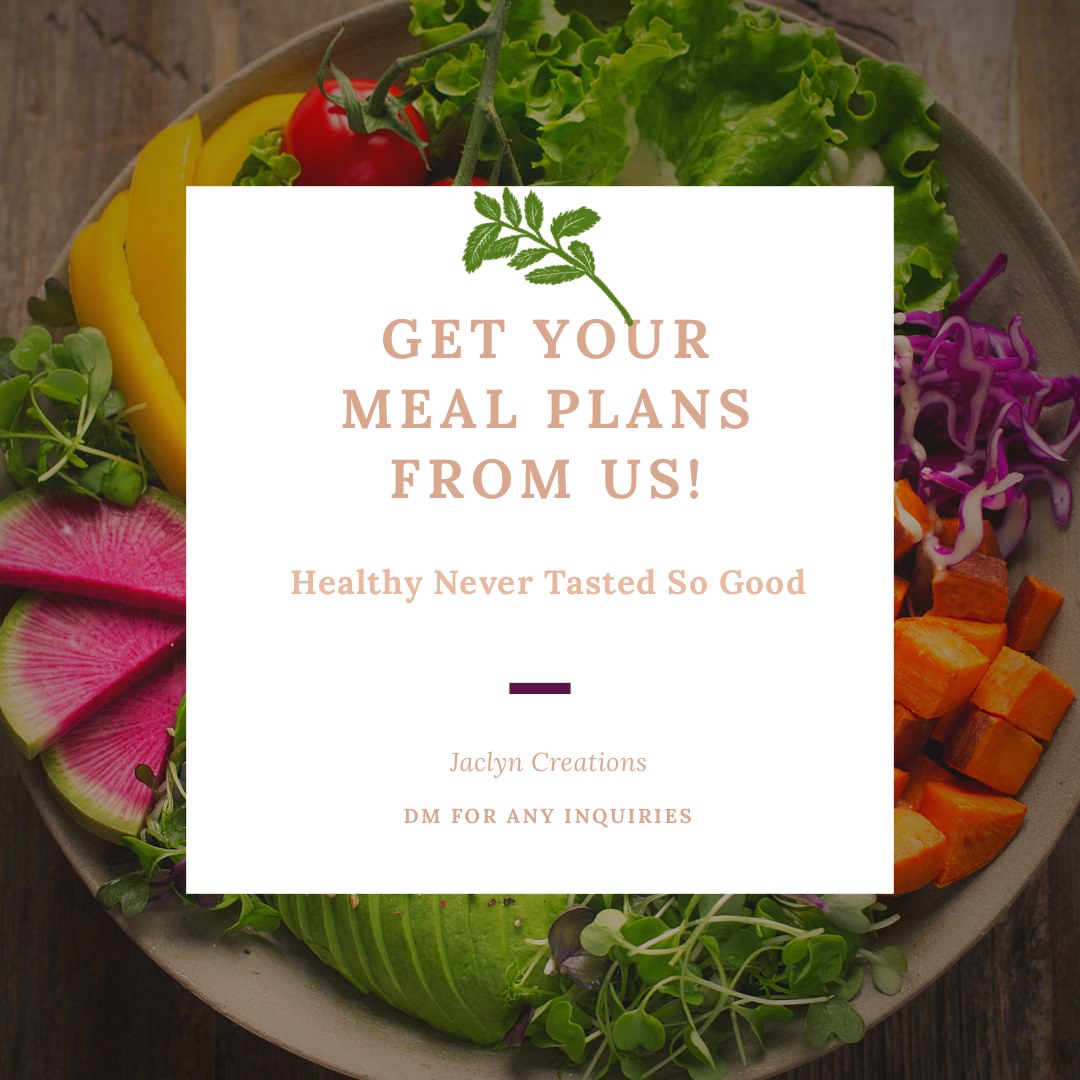
What Vegetables Are The Most Nutritious When Cooked?
“Studies show the process of cooking actually breaks down tough outer layers and cellular structure of many vegetables, making it easier for your body to absorb their nutrients.” (1)
An article published on May 5th, 2016, called “The Healthiest Ways to Cook Veggies”, refers to studies about preparing certain vegetables by cooking them, may increase the amount of solid inorganic substances of natural occurrence. In this case, the occurring substances are readily available for absorption, such as calcium, magnesium, and iron. Cooking vegetables till they are softened can be very effective for those with digestive tract issues, such as Celiac Disease, Leaky Gut, Irritable Bowel Syndrome (IBS), Gas, Bloating, Constipation, and Indigestion. Many vegetables have a natural protective layer from mother nature, as it inhibits the human body’s digestive enzymes to break down food properly. This is because certain vegetables contain higher levels of phenolics than those in their inner parts.
Most cruciferous or leafy green vegetables are known to increase vitamins and minerals when heated. Certain vegetables like kale, broccoli, spinach, cabbage, turnip greens, watercress, and asparagus all contain (vitamin K). All green leafy vegetables contain chlorophyll, which is the known chemical that gives their vibrant hue and green color.
Some vegetables are containing sources of Beta carotene (vitamin A). “Any group of red, orange, or yellow pigmented polyisoprenoid hydrocarbons synthesized by prokaryotes and higher plants and concentrating in animal fat when eaten; examples are B-carotene, lycopene, and xanthophyll.” (2) Vegetables known to contain sources of vitamin A are found in carrots, peppers, sweet potatoes, squash, and zucchini. A January 2008 report called the Journal of Agriculture and Food Chemistry, respectfully points to studies of certain vegetables that have been cooked show an increase in amounts of antioxidants and carotenoids, which are known to aid in preventative health care, help reduce infections, disease, cancer, suppress symptoms linked to Alzheimer’s and slow the aging process.
There are several methods used for heating or cooking your vegetables. You can cook your vegetables by blanching, steaming, sautéeing, stewing, roasting, microwaving, and/or using a dehydrator. There’s a direct correlation between the temperature variations and cook time known to alter certain vegetables’ nutrient capacity, as nutrient levels can increase or become denatured from the heating process. You may ask yourself, which way is the most effective way to cook your vegetables without losing micronutrients? Which is the most stable? Cooking your vegetables may denature the nutrients in your vegetables and they may lose significant amounts of vitamin B and vitamin C.
For instance, when boiling your vegetables, there’s a downside to using water for cooking as the water molecules reduce the mineral value in your vegetables. In an article called “Fact or Fiction: Raw Veggies Are Healthier than Cooked Ones”, studies state that “The reason is that Vitamin C, which is highly unstable, is easily degraded through oxidation, exposure to heat (it can increase the rate at which vitamin C reacts with oxygen in the air) and through cooking in water (it dissolves in water).” (3)
In this case, to keep your vegetables in their most predominant state and to preserve the life force would be eating them in their raw state. An article published in August of 2009, in the Journal of Zhejiang University. Science points to research that found that steaming kept the highest level of nutrients. Another method used often to heat vegetables is with a dehydrator at a low setting. A recent web article called “Dehydrating Veggies”, states that “Most vegetables are best dehydrated between 125°F and 135°F – any hotter than that and you may cause the dehydrated vegetables to get a hard crust – this is known as ‘case hardening’ and we need to prevent this from occurring. (4)”
Most Nutritious Vegetable’s When Cooked List:
| asparagus (vitamin E) |
| Broccoli (vitamin B5 + K) |
| cabbage (vitamin K) |
| carrots (vitamin A) |
| Kale (vitamin B5 + K) |
| mushrooms (vitamin D) |
| peppers (vitamin C + A) |
| spinach (vitamin E + K) |
| Squash (vitamin A) |
| Sweet Potatoes (vitamin A) |
| Swiss Chard (vitamin E) |
| turnip greens (vitamin K) |
| Watercress (vitamin K) |
| Zucchini (vitamin A) |
Resources:
(2) “Carotenoid Pigments.” (23 July 2017). The Free Dictionary. Farlex, n.d. Web.
(3) Subramanian, Sushma. ( 23 July 2017). “Fact or Fiction: Raw Veggies Are Healthier than Cooked Ones. ” Scientific American. N.p., n.d. Web.
(4) Unknown Author (23 July 2017).”Dehydrating Veggies.” Www.easy-food-dehydrating.com. N.p., n.d. Web.
(5) Unknown Author (23 July 2017).”Vitamin K and Warfarin: What You Should Know.” 23 July 2017. Vitamin K and Warfarin (Coumadin): What You Should Know – ClotCare. N.p., n.d. Web.
Sources:
“Carotenoid Pigments.” (23 July 2017). The Free Dictionary. Farlex, n.d. Web.
“Dehydrating Veggies.” (23 July 2017). Www.easy-food-dehydrating.com. N.p., n.d. Web.
LaMotte, Sandee. (05 May 2016). “The Healthiest Ways to Cook Veggies.” CNN. Cable News Network, Web.
Subramanian, Sushma. ( 23 July 2017). “Fact or Fiction: Raw Veggies Are Healthier than Cooked Ones. ” Scientific American. N.p., n.d. Web.
Unknown author. (23 July 2017). “Vitamin K and Warfarin: What You Should Know.” Vitamin K and Warfarin (Coumadin): What You Should Know – ClotCare. N.p., n.d. Web.
Unknown Author (23 July 2017). “10 Ways To Get The Most Nutrients From Your Food.” Precision Nutrition. N.p., 18 Apr. 2016. Web.
Healthy Living,
Thank you for reading our blog, you can thank us by buying us a smoothie!
If you find our blog useful, kindly share it with your friends.











